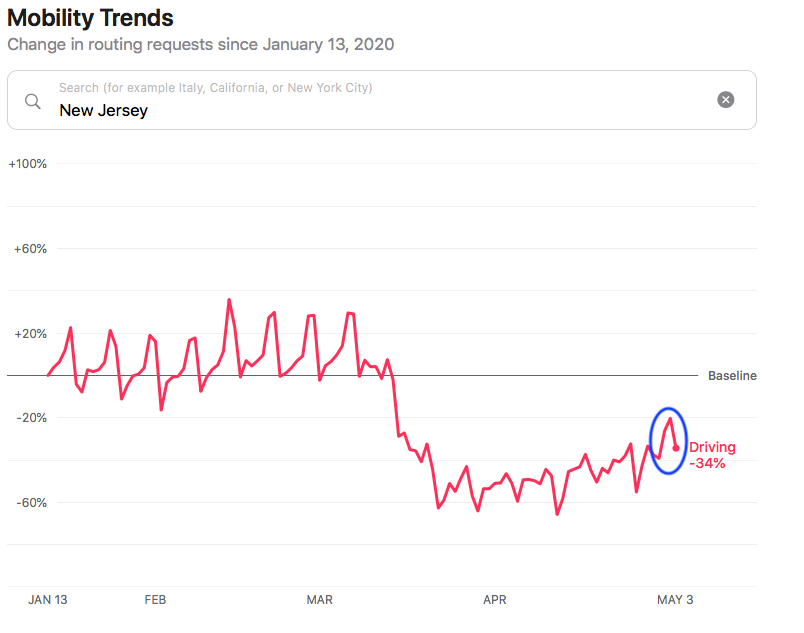From NJ Spotlight:
Jersey Shore Towns Begin to Open Up — Cautiously: How Ready Are They?
New Jersey’s beach towns prepare for a summer season like no other.
For the bulk of the 41 municipalities stitched up and down the Atlantic coast, from Sea Bright to Cape May Point, the 15 weeks between Memorial Day and Labor Day are crucial to the survival of their economies. And not just for the towns themselves — nearly half of the state’s $46.4 billion in tourism spending is generated by the four counties that encompass the Jersey Shore.
Statewide, travel spending for the first four months of 2020 has dropped by 87%, compared to last year, according to the U.S. Travel Association and Tourism Economics. In a report released Thursday, the state projects that 2020 will see tourism spending decline by about a third from 2019. With an economic window as narrow as that of the Jersey Shore’s, many town mayors have reached the critical moment in which they must figure how to begin reopening in order to salvage the livelihoods of seasonal businesses without risking the lives of residents and visitors.
On Tuesday afternoon, after weeks of regular discussions with the governor’s office, the Cape May County-Wide Recovery Initiative, a coalition of freeholders, mayors and business leaders, submitted a formal reopening plan to Gov. Phil Murphy — a first among the Shore counties.
The 35-page document proposes a “progressive reopening” over the next several weeks, with full access to boardwalks and beaches, as well as reduced-capacity opening for indoor and outdoor restaurants and nonessential retail beginning on June 1. According to the report, Cape May County is uniquely vulnerable to a collapse in the tourism economy — in 2018, the industry created 26,572 jobs, and over 23% of the population is directly employed in retail or food service and accommodation.
In a joint statement, the mayors of Avalon and Stone Harbor, located on the county’s 7 Mile Beach island, said that they would open their beaches for “walking, running, fishing and surfing, from dawn until dusk” on Friday, May 8, but that “stationary activity” would remain unallowed. “The beaches will be patrolled to make sure that social distancing practices are followed and there are no large groups of people gathered,” the statement went on, adding that if the rules are not followed, “we will again close our beaches.”
Asked whether they are prepared for an increase in COVID-19 cases should the county’s beach towns reopen, Brian Cahill, spokesman for Shore Medical Center, said, “We have been preparing for an influx of COVID-19 patients since the beginning, and our staff has done an incredible job. We currently have seventy isolation rooms and we can add more if necessary.” With regard to the county’s recovery initiative, Cahill said the hospital is “continuing to follow the guidelines set forth by the CDC and New Jersey Department of Health.”


